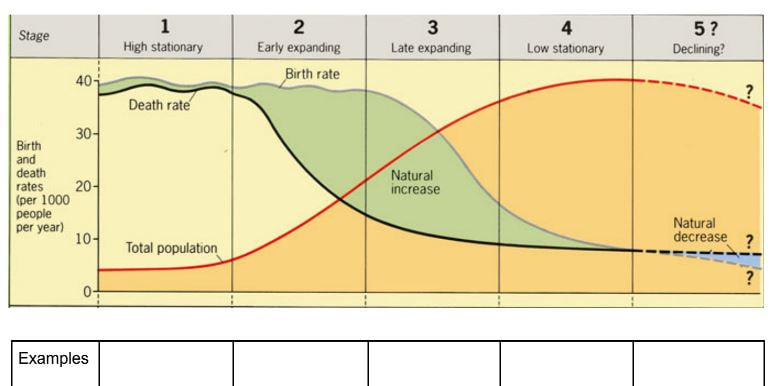
Among parents living with a child, the share who are unmarried increased from 7% in 1968 to 25% in 2017. A growing share of parents are unmarried. An influx of younger representatives is having a small impact on the median age of the House of Representatives, according to a November 2018 analysis.ģ The American family continues to change. The share of immigrants in Congress has ticked up, but at 3% remains short of historical highs and far below the foreign-born share of the total U.S.

Nonwhites have risen to 22% of Congress, and women are a record 24% of voting lawmakers (a share that matches the average in legislatures worldwide).

The projections indicate that whites will account for two-thirds of the electorate, a declining share.Īs the nation’s demographics are changing, so are those of Congress, though not as rapidly, according to a February 2019 Pew Research Center analysis. In past elections, black voter turnout substantially surpassed Hispanic voter turnout. However, voter turnout will play an important role in the influence of different racial and ethnic groups. The number of eligible voters who are Hispanic (32 million) is projected to surpass that of black eligible voters (30 million) for the first time, according to Pew Research Center projections based on data from the U.S. electorate when voters cast their ballots next year. Socially and politically, their liberal-leaning opinions on key issues are similar to those of Millennials.Ģ Hispanics are projected to be the largest racial or ethnic minority group in the U.S. Nearly half of Gen Zers (48%) are racial or ethnic minorities.

Also known as the post-Millennials, Gen Zers (those born after 1996 – ages 7 to 22 for this analysis) are on track to be the best educated and most diverse generation yet. But after growing up in the Great Recession, their economic picture is mixed: Young adult households are earning more than most older Americans did at the same age, but have less wealth than Boomers did at the same age, partly because they are more likely to have higher amounts of student loan debt.Īlthough the nation’s 73 million Millennials are the largest living adult generation, the next one – Generation Z – is entering adulthood. Now in their young adulthood, Millennials are more educated, more racially and ethnically diverse and slower to marry than previous generations were at the same age. This year, Millennials, those ages 23 to 38, will outnumber Baby Boomers (ages 55 to 73), according to Census Bureau projections. As the meeting convenes, here are six notable demographic trends highlighted in Pew Research Center analyses over the past year:ġMillennials are the largest adult generation in the United States, but they are starting to share the spotlight with Generation Z. Demographers, sociologists, economists and other researchers gather in Austin, Texas, this week for the annual meeting of the Population Association of America.


 0 kommentar(er)
0 kommentar(er)
